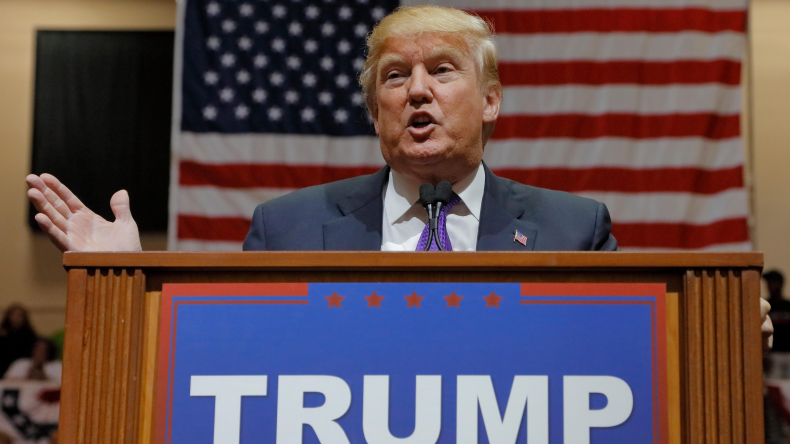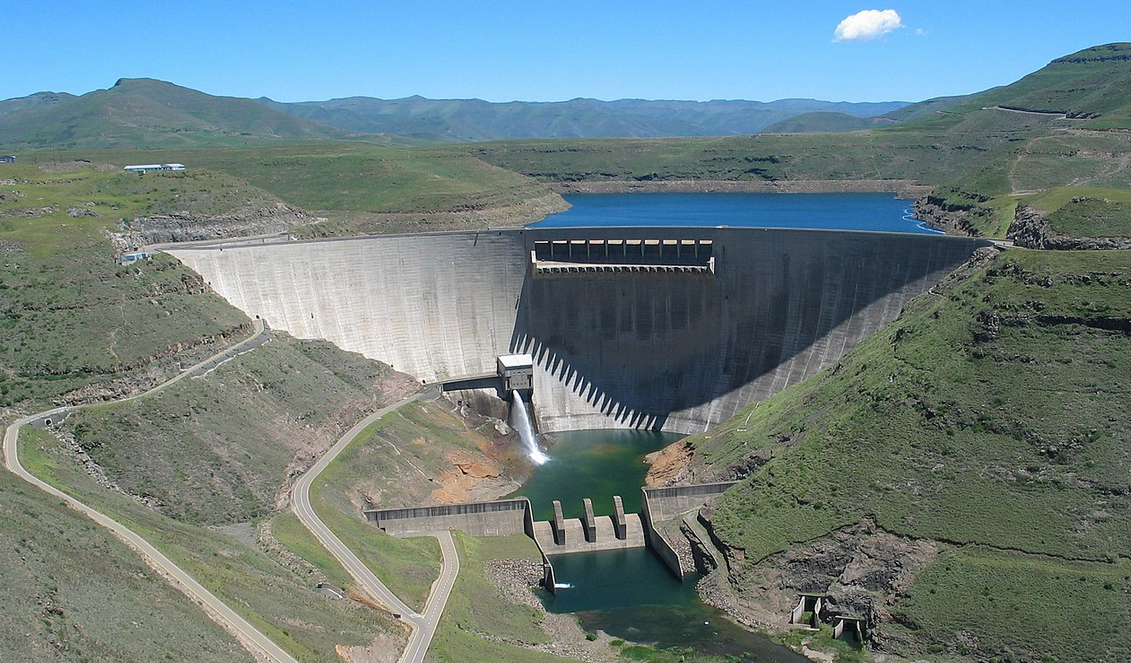The global base metals market has experienced high volatility in the wake of Donald Trump’s tariff announcements. As the U.S. President-elect, Trump’s intention to impose further tariffs on Chinese products created ripples across the commodities market. Prices of key base metals like copper, aluminum, nickel, and zinc largely fell due to these developments.
Effect of a Stronger Dollar
A stronger dollar compounded the issue as the dollar-denominated metals were costlier for others carrying other currencies. The base metals took a big hit from this factor on a global level. According to the London Metal Exchange (LME), the three-month copper prices had a decline of 0.5%. It was now at $9,000 per metric ton.
The United States economy, as well as dollar strength, was boosted by investor confidence, partly because of the economic policies proposed by Trump. For many of the traders, the strong dollar posed a challenge regarding the cost of base metals.
Role of China Central
China is the largest consumer of base metals in the world and feels this directly. The country is one of the largest consumers of the world’s metals and has also been a key manufacturing participant. New tariffs on goods produced in China were threatening to disrupt flows, slow economic growth, and even dampen demand for metals.
Even though the trend is generally downwards, some factors in support of copper prices include the peak demand season in November and December for metals in China. This includes signs like a falling SHFE inventory level and a jump in import premiums; indeed, one week’s high Yangshan copper premium stands at $53 per ton.
Market-Wide Declines
Tariffs planned by Trump are not in isolation. The decline has reverberated throughout base metals also:
- Aluminum: LME aluminum went down to $2,630.50 per ton, at a loss of 0.8%.
- Nickel: The prices went lower by 0.5% reaching $16,125 per ton.
- Zinc: This went down by 0.2%, to $3,014.50 per ton.
- Lead: The lead went about 0.7% less, reaching $2,014.50 per ton.
- Tin: Went down to 0.5%, closing at $28,840 per ton.
SHFE Trends and Exceptions
Despite a world market still reeling from various troubles, SHFE delivered mixed results. SHFE aluminum moved up 0.1% to 20,550 yuan per ton, nickel surged 0.8% to 128,140 yuan per ton, and zinc gained 1.2% to 25,100 yuan per ton.
Trade and Economic Worries
A 10% tariff on Chinese products and a 25% one on goods from Mexico and Canada was what Trump proposed to his partners. The effects were risking the ignition of trade tensions with major US partners and further complicating global supply chains.
Market analysts said such tariffs could hurt not only China’s economy but also dampen the growth of the world economy. China, the world’s biggest economy, has been the largest consumer of base metals, including construction, automotive, and electronics. A slowdown in China would have a ripple effect on the rest of the world’s markets.
Tightening Supplies
Although base metals prices in general are falling, supply dynamics in some cases support this. The LME cash copper contract was at its lowest discount since August of $113 per ton from the three-month contract. Supplies in the short term are thus tightening.
Trump’s tariff Short-Term Prospects
The way the metal market reacts to Trump’s tariff plans has highlighted the interconnectedness of global trade, currency dynamics, and commodity markets. While some countries may easily adapt to such changes, others may struggle with economic pressures that will arise.
For investors and industries that rely on base metals, policy uncertainty will be long-term. Supply-demand trends, geopolitical developments, and changes in tariff policies will thus determine how to navigate this challenging landscape.
Conclusion
In conclusion, Donald Trump’s tariff announcements speak of a delicate balance between the trade policy and commodity markets. Indeed, certain factors such as seasonal demand from China would provide some relief for the time being, but overall, the atmosphere remains cautious. With regard to base metal prices, it is expected that the trading relations would remain volatile during the months ahead.








